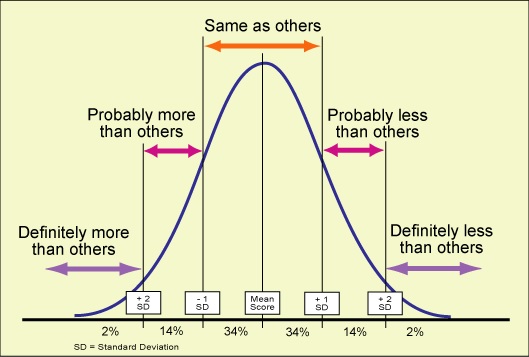
Home » STATISTICS IN PSYCHOLOGY

In psychology, statistics refers to the use of mathematical and statistical techniques to the analysis and interpretation of data gathered during psychological study. It entails using statistical methods to summarize, characterize, and make conclusions from the data. Statistics are a tool used by psychologists to analyze data, find patterns, and test theories.
Because it enables researchers to make sense of huge data sets and draw inferences about human behavior, statistics is a crucial tool for psychologists.
Frequently Used Statistics in Psychology
In psychological research, several statistical methods are employed, and the method chosen relies on the study question and the type of data being analyzed. The following list includes some of the most popular statistical methods in psychology:
Ms. Divya Babbar
Asst. Professor
School of Basic & Applied Sciences
August 10, 2023RECENT POSTS
CATEGORIES
TAGS
Agriculture Agriculture future AI Architecture artificial intelligence Bachelor of Commerce BA English BA Psychology BTech AIML BTech CSE BTech cybersecurity BTech Engineering Business management career Career-Specific Education career guide career option career scope Civil engineering commerce and management Computer Science Computer science engineering Data science degree education Engineering Engineering students English Literature english program Fashion Design Fashion design course Higher Education Journalism journalism and mass communication law Law career Machine Learning mathematics MBA MBA specialization Mechanical Engineering Pharmacy Psychology Research and Development students
University Address: Nachauli, Jasana Road, Faridabad, Haryana
For Admissions :
Toll Free: 1800-120-4613
Mobile : 8447744303 | 8447744304 | 8447744306 | 8447744309
8700003974 | 8700003411 | 8700003749
Address: C-72, Second Floor, Shivalik, Near Malviya Nagar,
Above HDFC Bank, New Delhi 110017
Landline No. - 011-46570515 / 45138169 / 41755703
Mobile No. - +91-7303152412 / +91-7303152420 / +91-9311321952
Jagmani Kutir, Ground Floor, Road No-1, Rajeev Nagar,
Near Darbar Marriage Hall, Patna-800024, Bihar
Contact No: 9818352069/ 8130120095
Mail: kanhaiya@lingayasvidyapeeth.edu.in
Copyrights © 1998 - 2025 Lingaya's Vidyapeeth (Deemed To Be University). All rights reserved.
It is important to note that the following email IDs and domains are fraudulent and do not belong to our university.
LV only conducts physical/online verification of any document related to examination on the following email id: